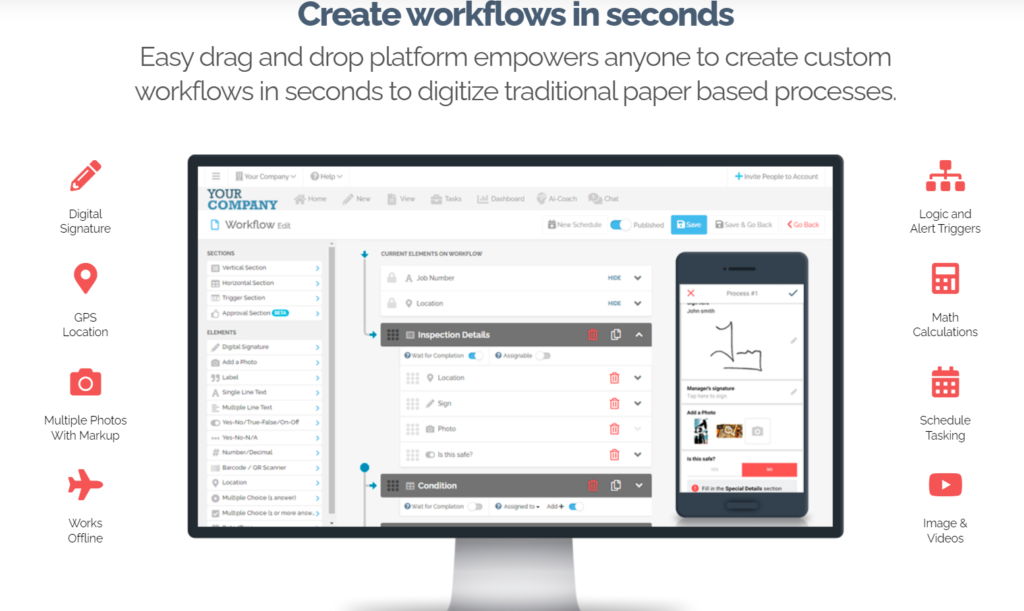As businesses strive to improve operational efficiency and productivity, the adoption of connected worker technologies has become increasingly prevalent. One such technology is FAT FINGER, a digital workflow procedure builder that empowers front-line teams to perform their work correctly every time. This article delves into the return on investment (ROI) of such technologies, using FAT FINGER as a prime example.
Understanding Connected Worker Technologies
Connected worker technologies refer to digital tools that facilitate real-time communication, collaboration, and data sharing among workers, regardless of their physical location. These technologies encompass a wide range of solutions, including mobile and desktop workflows, dashboards, integrations, augmented reality, IoT device connectivity, and artificial intelligence coaching.
The Role of FAT FINGER in Connected Worker Technologies

FAT FINGER is a leading player in the connected worker technology space. It allows businesses to create digital workflows and checklists across various safety, maintenance, and operations areas. These include:
- Safety: Take 5 Safety, Near miss reporting, JSA / JHA, Risk Assessment, Incident reporting, Journey report
- Operations: Material Inspection, Quality Control, Shift Handover, Facility inspection / Production rounds, Line Changeover, Field ticket
- Maintenance: Work Order Checklist, Truck inspection checks, Mobile Asset Inspection, Shutdown / Turnaround form, Preventive maintenance inspection, Predictive Maintenance
ROI of Connected Worker Technologies

The ROI of connected worker technologies can be analyzed from various perspectives, including cost savings, productivity gains, and improved safety.
Cost Savings
connected worker technologies like FAT FINGER can lead to significant cost savings. By digitizing workflows and checklists, businesses can reduce paper usage and manual data entry, thereby saving time and resources. Moreover, the ability to integrate with other systems can eliminate data silos and streamline operations, leading to further cost reductions.
Productivity Gains
These technologies can also boost productivity by enabling real-time communication and collaboration. For instance, FAT FINGER’s mobile and desktop workflows allow workers to access and share information instantly, reducing delays and enhancing efficiency. Additionally, the use of artificial intelligence coaching can provide personalized guidance to workers, helping them perform their tasks more effectively.
Improved Safety
Connected worker technologies can enhance safety by providing tools for risk assessment, incident reporting, and other safety-related tasks. For example, FAT FINGER’s Take 5 Safety and Near miss reporting features can help businesses identify and address safety issues promptly, thereby preventing accidents and reducing liability risks.
Case Studies and Statistics
Several case studies and statistics support the ROI of connected worker technologies. For instance, a report by McKinsey found that these technologies can increase productivity by 20-25% and reduce errors by up to 50%. Furthermore, businesses that have implemented FAT FINGER have reported significant improvements in operational efficiency and safety.
Conclusion
In conclusion, connected worker technologies like FAT FINGER offer substantial ROI through cost savings, productivity gains, and improved safety. By adopting these technologies, businesses can empower their front-line teams, streamline operations, and unlock operational excellence. To experience these benefits firsthand, sign up for FAT FINGER or request a demo today.


